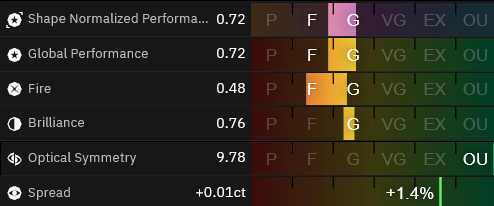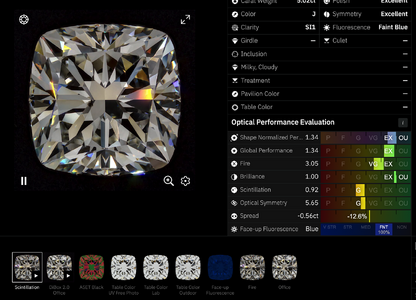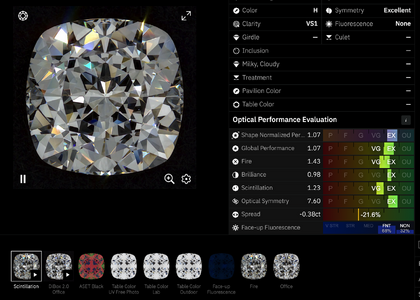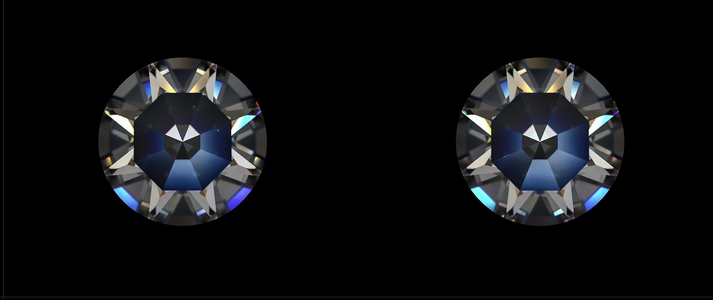So Sergey, based on say a rectangular clean LGD block of say 14x10x7mm you could propose emerald cut proportions that a skilled manufacturer can produce an exceptional 5ct stone?
(There is no need to fight for yeild with the LGD material)
Short Answer: Yes.
Detailed answer :
We are working on creating an Optical Performance evaluator for Emerald cuts. This evaluator not only has a Grid part like Facetware but also includes preforms (around 50 3D models) with a high Brilliancy score (approximately 0.9 for emeralds).
The problem is that changing the angle of certain facets by 0.5 degrees can create DeadZones that significantly reduce Brilliancy. Even the most experienced cutter, using the best technology available today, cannot achieve an accuracy and repeatability better than 0.5 degrees on emerald cuts (an error of 1 degree is quite common).
Therefore, GRID optimization is not very effective for emeralds, and we will be converting the GRID evaluator into a Fixed Cuts system. Developing one evaluator takes about one year.











300x240.png)